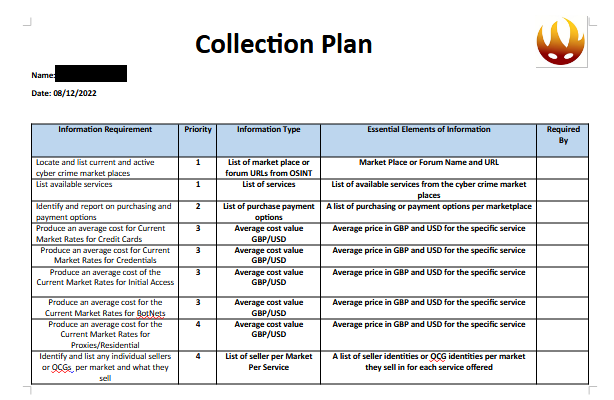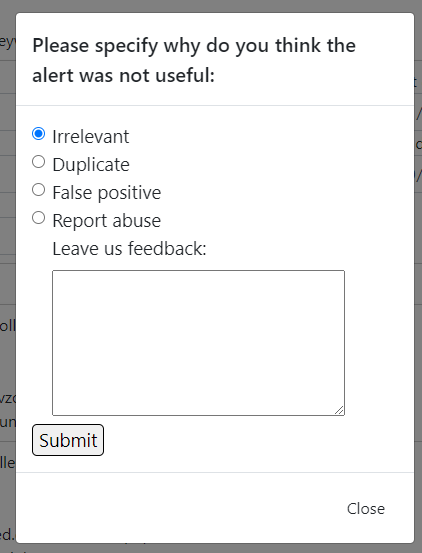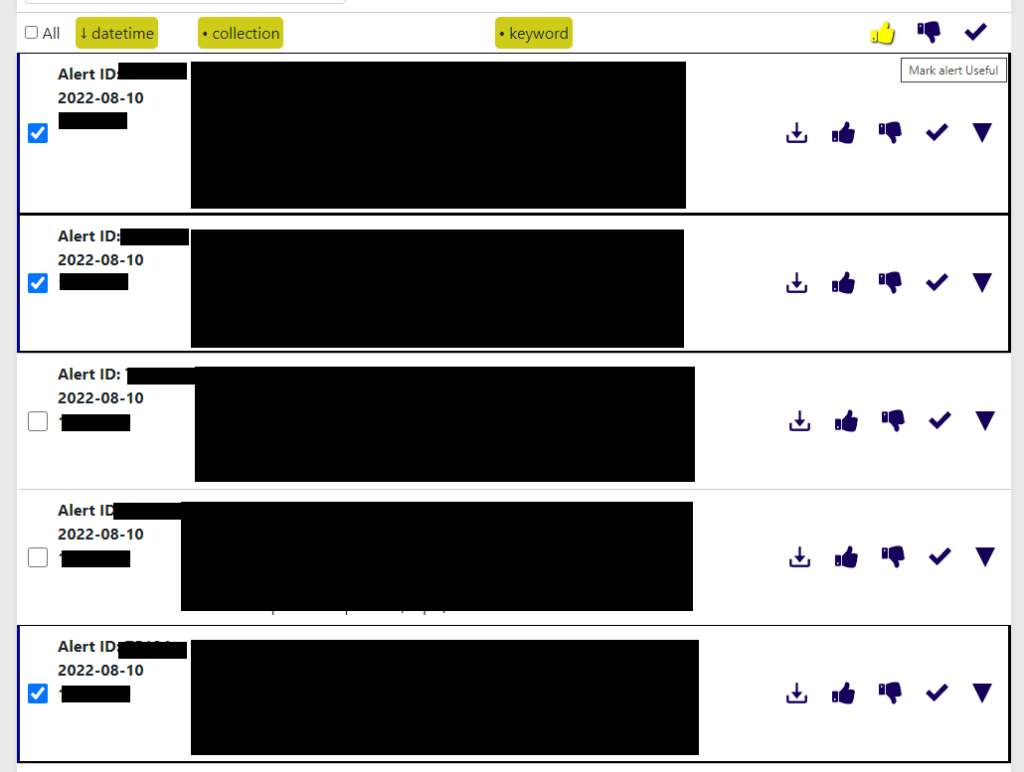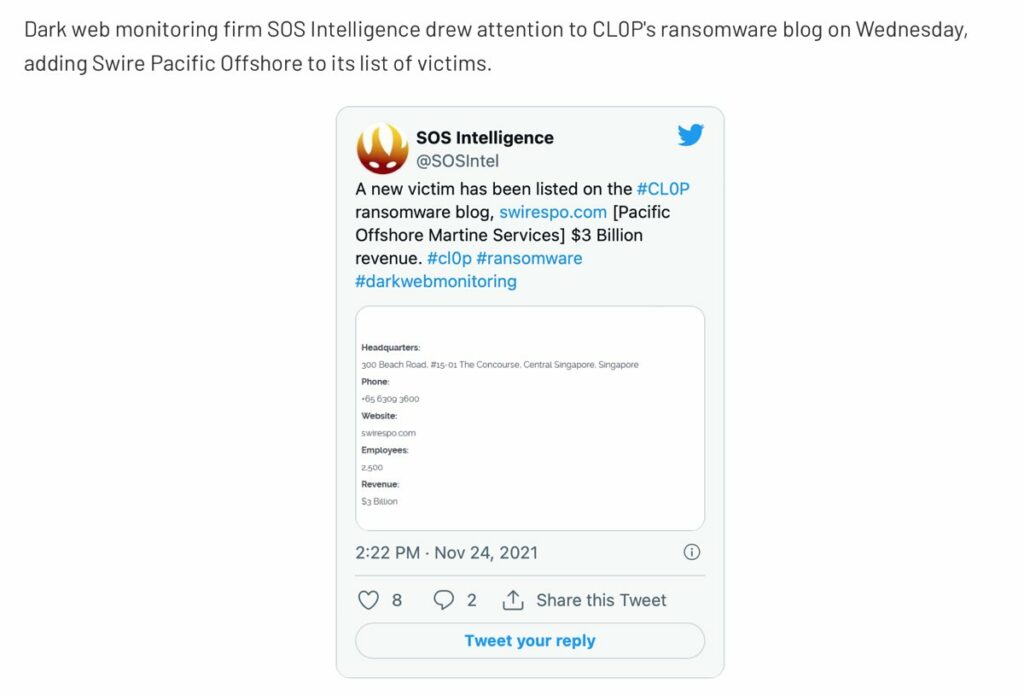It started with a tweet.
The dark web has long been associated with illegal activities and the sale of illicit goods and services. Among the many services offered on the dark web, hacking services are particularly prevalent.

We had our PIR and got to writing an Intelligence Requirements sheet following the PESTLEP model and that allowed us to prioritise our Collection Plan.

With which we were able to start our collection process and begin answering Daniel Card’s Tweet.
The collection process consisted of using the SOS Intelligence platform to identify current active market places for the specific IR areas we had to answer to.
Our platform has the capability to scan the dark web very quickly, with the ability to rotate around all active Onion services within 24-48 hours. This gives us a clear view of current and active Onion services.
In addition SOS Intelligence has a broad range of automatic closed and open forum collection giving us a real time view into purchases and sales.

The research
The research for this article looked at around 40 different current dark web marketplaces and clear web and dark web forums, where hacking services are commonly offered for sale. The average prices for the services mentioned were determined based on the information gathered from these sources.
According to our research, the average price for a stolen credit card on the dark web is around $243.15.
This may seem like a low price, but the value of a stolen credit card can vary depending on the country it was issued in and the remaining balance on the card. For example, a credit card from the United States may be worth more than one from a less economically developed country. To keep things as like for like as possible we took the average card limit for a USA bank.
Counterfeit money is also commonly available on the dark web, with the average price per $1,000 coming in at around $396.24.
This may seem like a high price, but it’s important to remember that producing high-quality counterfeit money can be a time-consuming and expensive process.
Botnets, which are networks of compromised computers used to launch distributed denial of service (DDoS) attacks, are also commonly available on the dark web.
The average price for a botnet or DDoS attack is around $382.41.
Another common service offered on the dark web is the sale of so called residential proxies, which are more difficult to detect and block as they “proxy” a cyber criminals connection out through a residential ISP. These proxies are used to mask the true IP address of the user and are often used by hackers to avoid detection.
The average price for a residential proxy is around $645 per month.
Finally, initial access to a target network is often available for sale on closed forums and marketplaces. This can include login credentials or vulnerabilities in a network that can be exploited to gain access, Initial Access or AI is typically the first ‘open door’ into a victim’s network and can lead to ransomware.
Prices for this service ranged wildly from a few hundred dollars to tens of thousands, due to wide ranging victims and seller motivations, varying greatly depending on access offered, method of access and compromised company.
The average price for initial access to a network is around $7,700.
In conclusion, the dark web is a hub for a wide range of hacking services, from stolen credit card information to initial access to target networks.
While the prices for these services may seem steep, it’s important to remember that at least for some of the services offered there is a more demand than supply.
It is also important to note that there is no guarantee with any of the services provided and the sellers or marketplaces themselves could be scams or scammers although a majority do offer purchase through escrow.
Header photo by Jefferson Santos on Unsplash.

















Recent Comments